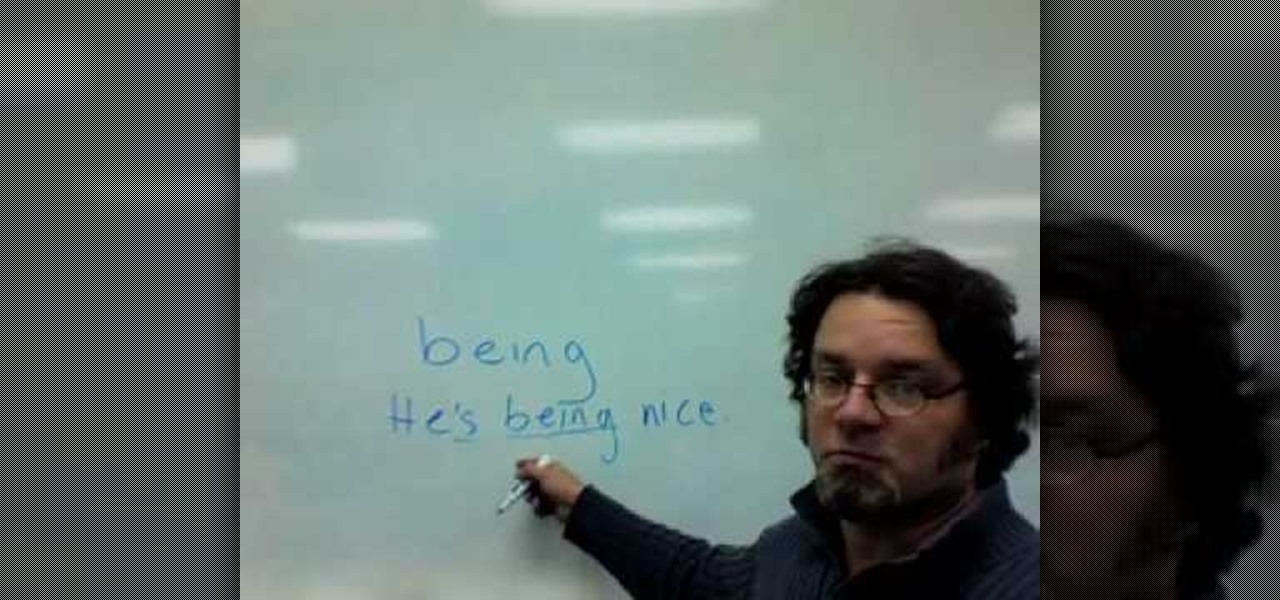Hot Language Posts


How To: Speak English smoothly using the marble technique
Destroy filler words, overcome stuttering, speak smoothly, improve enunciation, and get better at public speaking all around with just marbles and your mouth! This video is best for people learning to reduce stuttering or students learning English as a second language (ESL).

How To: Describe what you want in Japanese
Watch this video sequence and learn to how to order food at a restaurant and express what you want in Japanese.

How To: Pronounce the past tense correctly in English
This video will teach you the 3 different pronunciations of the past tense -ed. If you leave off this little ending, many of your native American English speakers will seriously be lost! This video is best for people learning to reduce their accent or students learning English as a second language (ESL).
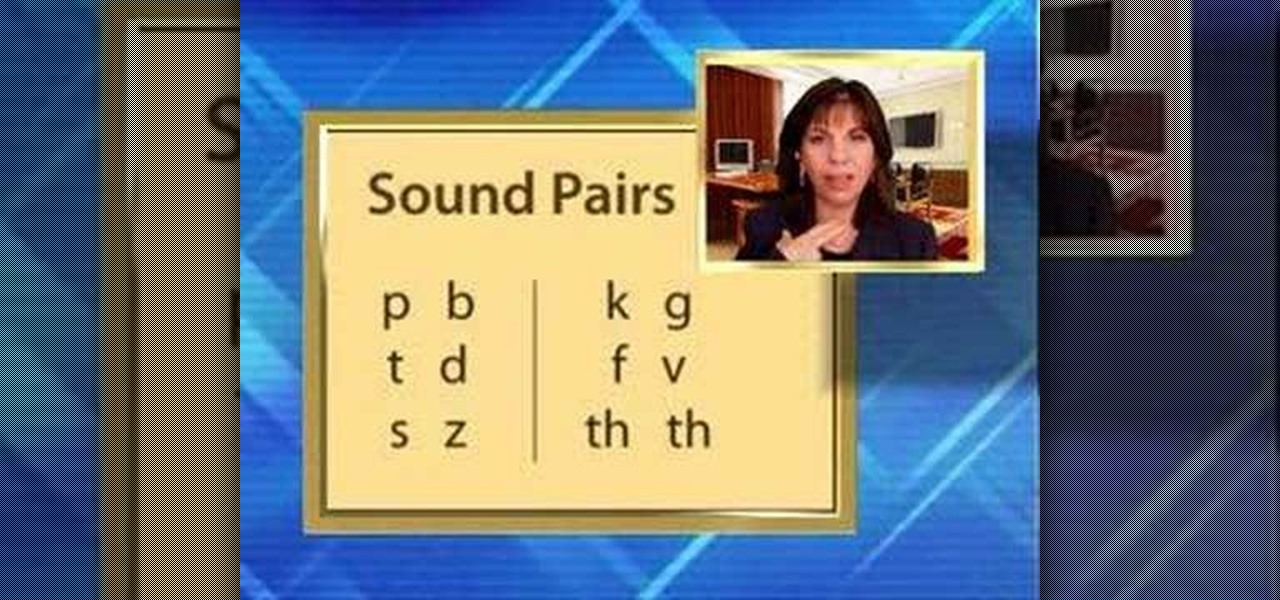
How To: Reduce your accent by making the final sound in a word
In this video you will learn an easy trick that will make it much easier for American English speakers to understand you! Brought to you by Accent Master, accent reduction specialists. This video is best for people learning to reduce their accent or students learning English as a second language (ESL).

How To: Pronounce the alphabet correctly when spelling
Trying to learn the English language? Then it's vital to start with the basics: the alphabet. Learning larger words won't be difficult once you understand how each letter of the alphabet is pronounced.

How To: Reduce your accent by stressing your words
Enjoy this video on word stress in English pronunciation. This video is best for people learning to reduce their accent or students learning English as a second language (ESL).

How To: Use the negative form of adjectives in Japanese
Watch this video sequence and learn to use the negative form of adjectives to describe things in Japanese.

How To: Learn to speak Jamaican
UUNICEF Youth Adviser Joel takes lessons in Patois (the Jamaican language) from a young man. The language lesson includes how to say "hello, how are you?" "that girl is good-looking" and "see you later".

How To: Use adjectives in Japanese
Watch these videos and learn about how to use adjectives to describe items in Japanese. Part 1 of 3 - How to Use adjectives in Japanese.

How To: Pronounce the "w" sound and the "r" sound
I think this tutorial will help many of you tackle the "r" and "w" sound. This video is best for people learning to reduce their accent or students learning English as a second language (ESL).

How To: Pronounce the "th" sound when speaking English
This video is to help non-native English speakers say words that use the voiceless "th" sound. This video is best for people learning to reduce their accent or students learning English as a second language (ESL).

How To: Pronounce the "l" sound and the "d" sound in English
Okay, so now we're going to work on "l" and "d". This video is great for ESL students learning to pronounce words in the English language.

How To: Conjugate Japanese verbs in the past negative tense
Watch this video to review the affirmative past tense and to learn how to conjugate Japanese verbs in the negative past tense.

How To: Negate Japanese verbs
Watch these language videos and learn how to conjugate Japanese verbs into their negative forms. Part 1 of 3 - How to Negate Japanese verbs.

How To: Tell time in Japanese and learn Hiragana characters
Watch this three part video sequence to learn basic Japanese time expressions and basic Hiragana characters.

How To: Give directions in Japanese and learn Hiragana
Watch these Japanese language video and learn how to give directions. You will learn to use phrases the begin with "May I..." to politely ask people to do things. In addition the video also introduces Hiragana characters.

How To: Ask permission to do things in Japanese
Watch these Japanese language videos and learn to how to ask for permission to do things. You will learn to use the phrase "May I look at this?".
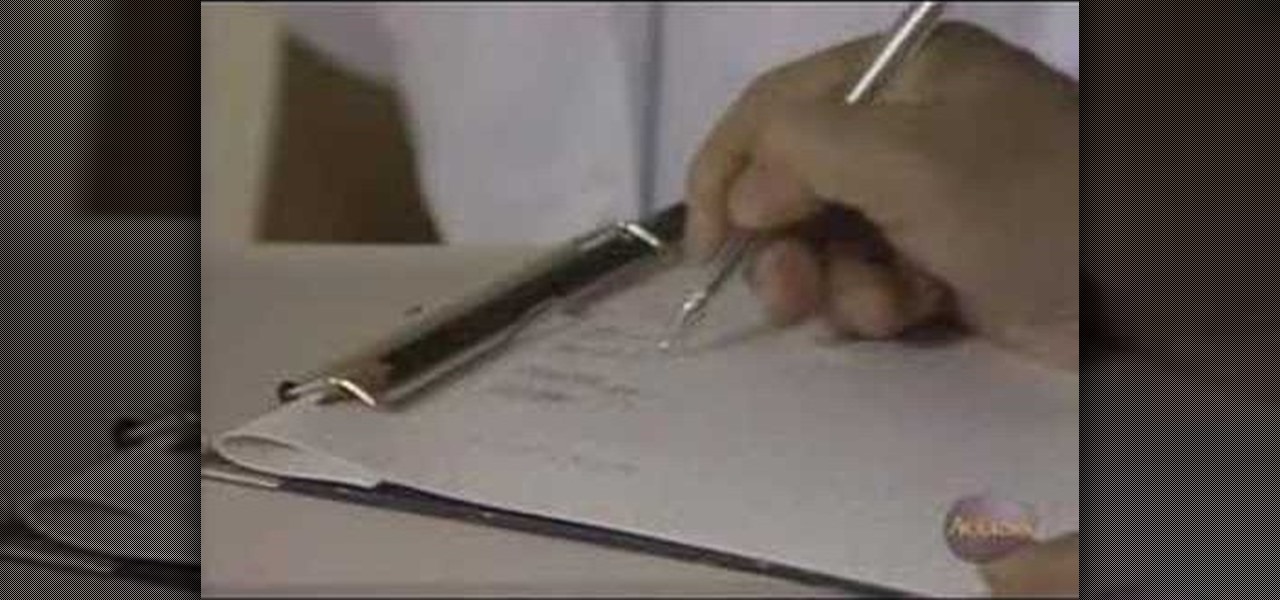
How To: Give basic instructions in Japanese
This video entitled "Please turn left at the next corner" will teach you how to politely ask people to do thing. The video introduces the verbs misete kudasai.

How To: Use the phrase "please give me" in Japanese
This episode is called "Please give me some stamps". Watch these instructional videos and learn how to politely ask for things and a few directional phrase.

How To: Introduce yourself in Japanese
Watch this video sequence and learn the basics about how to introduce yourself in Japanese. Part 1 of 3 - How to Introduce yourself in Japanese.

How To: Remember 18 Japanses Kanji characters
Be sure to watch this video and learn how to remember 18 Japanese Kanji characters. Have a a pad and pencil handy so you can practice writing Kanji.

How To: Say basic Tagalog phrases
Tagalog is widely spoken all over Philippines. This is a great video for people who just want to learn the basics or impress your significant other's family. Basic introductions and greetings is covered in this video.
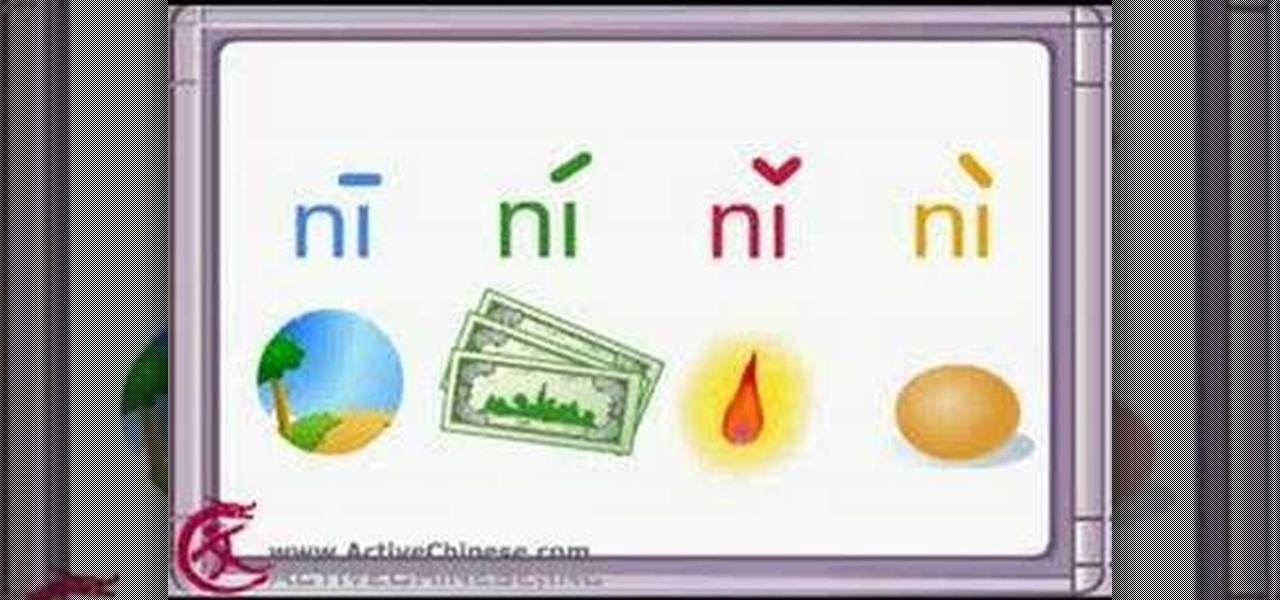
How To: Introduce yourself in Mandarin Chinese
Watch to learn how to introduce yourself in Chinese by saying your name and what country you are from. This video contains detailed instructions on pronunciation, along with some grammar.

How To: Say basic expressions in Chinese
Watch this video to learn how to say basic expressions in Chinese, including "thank you" and "hello." Includes directions for vocal inflections.

How To: Learn phonics for the English alphabet
Watch this video to learn the phonetic sound each letter in the English alphabet makes.

How To: Say the alphabet in Korean
Learn how to say the alphabet in Korean and recognize the symbols for each letter.

How To: Count and go shopping in German
Learn how to count to 10 in German and say shopping expressions like "how much?" and "I'll take it." For intermediate German speakers because there is no English translation.

How To: Teach your baby to sign for more milk
Watch this video to learn how to say "More milk please" in baby sign language.

How To: Say the French alphabet and some expressions
Watch this video to learn the French alphabet, some expressions used when greeting people, and the present tense conjugations of two important verbs.

How To: Say basic expressions in French
Learn how to say some basic expressions in French, including "what's your name?" and "I don't know." The instructor is a native French speaker.

How To: Describe the weather in Japanese
This video teaches the characters for different types of weather. There is no pronunciation.
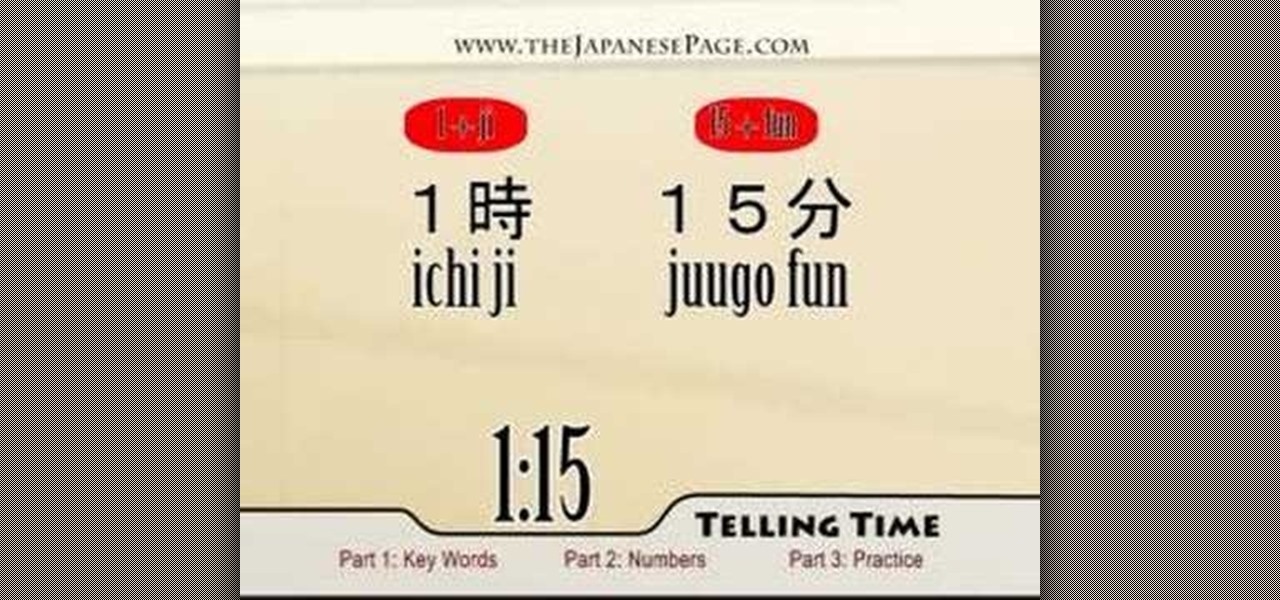
How To: Tell time in Japanese
This video will teach you how to tell time in Japanese. It is not for beginners--it is required to know how to say the numbers from 1-60 in Japanese for the video to be effective.

How To: Give and receive directions in Japanese
Watch this video to learn directions in Japanese and their symbols. This video offers clever ways to remember the character for each direction.

How To: Make Japanese nouns into adjectives
This video teaches you how to use a particular Japanese word, "teki," to make nouns into adjectives.

How To: Describe your food in Japanese
Learn what to say before, during, and after meals in Japan. This video teaches expressions such as, "Looks delicious!" and, "Let's eat!"

How To: Say the names of animals in Japanese
Watch this video to learn how to say the names of common animals such as dogs, cats, fish, birds, and Godzilla in Japanese. The video offers special methods of remembering the name of each animal.

How To: Speak basic survival expressions in Japanese
Learn how to speak basic expressions in Japanese such as, "Good morning," and "Thank you." The expressions are especially useful for those planning on traveling to Japan.

How To: Read Hiragana Japanese characters
Learn how to recognize some basic Hiragana Japanese characters and the sounds they represent, as well as some very common phrases and how they're written.
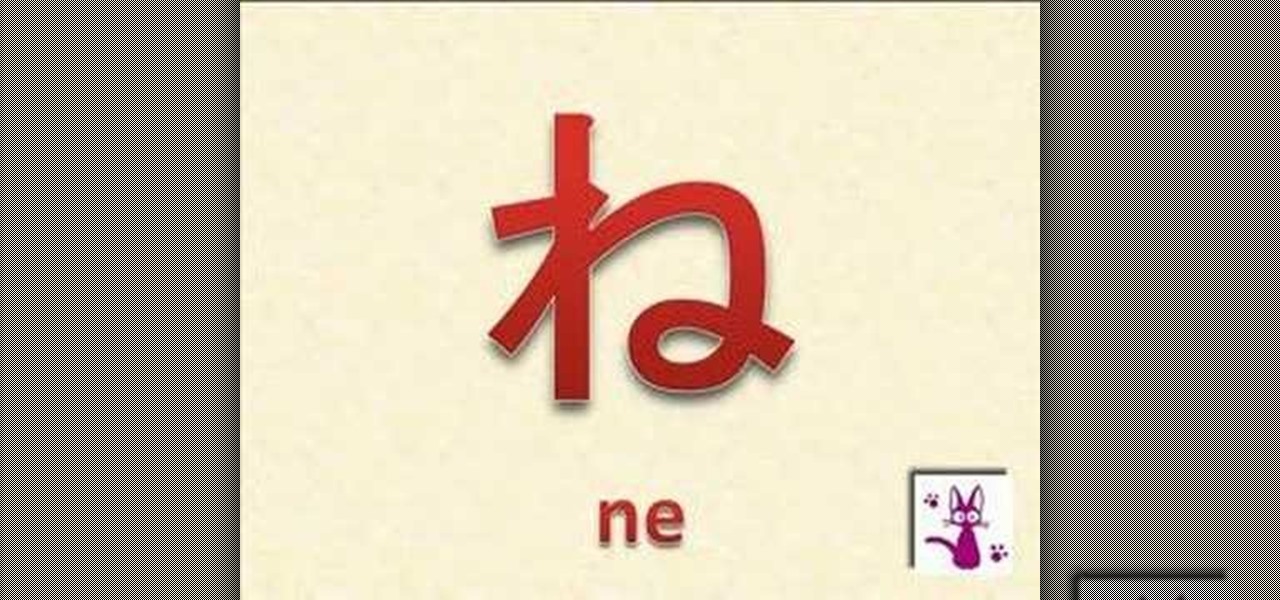
How To: Speak the basic sounds and Hiragana in Japanese
Learn how to say and recognize the basic sounds and their Hiragana symbols in Japanese.
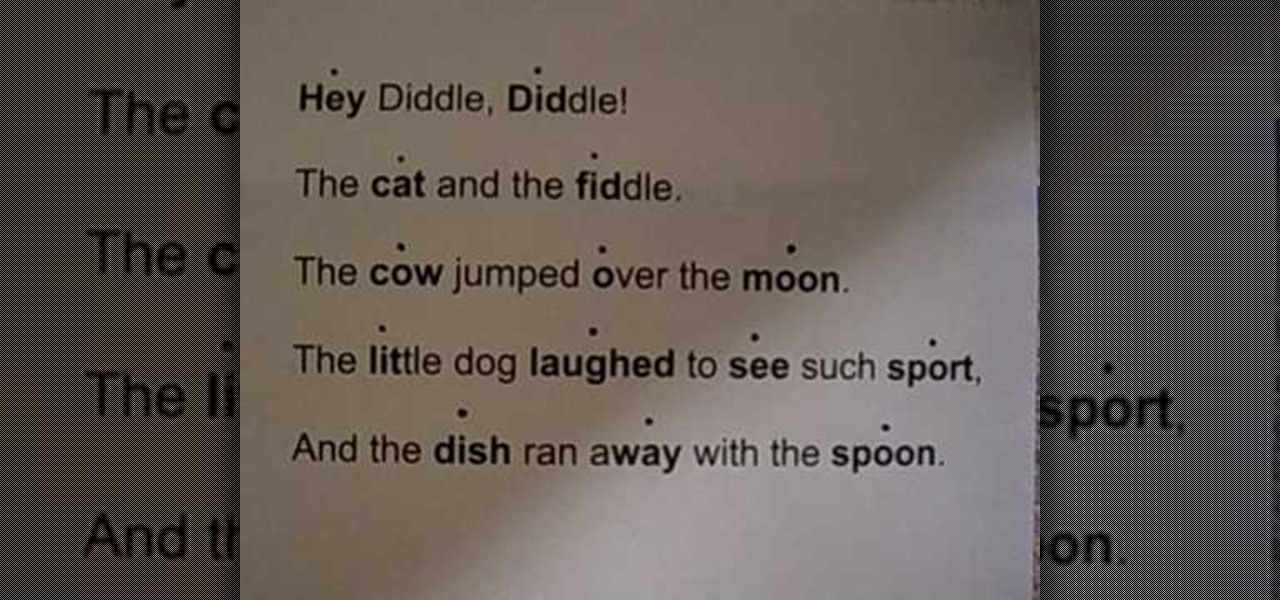
How To: Use rhymes to create a natural rhythm in your speech
In this two part episode, Jennifer uses nursery rhymes to develop a sense of rhythm in the English language. This is great for all levels of students learning English as a second language (ESL).





